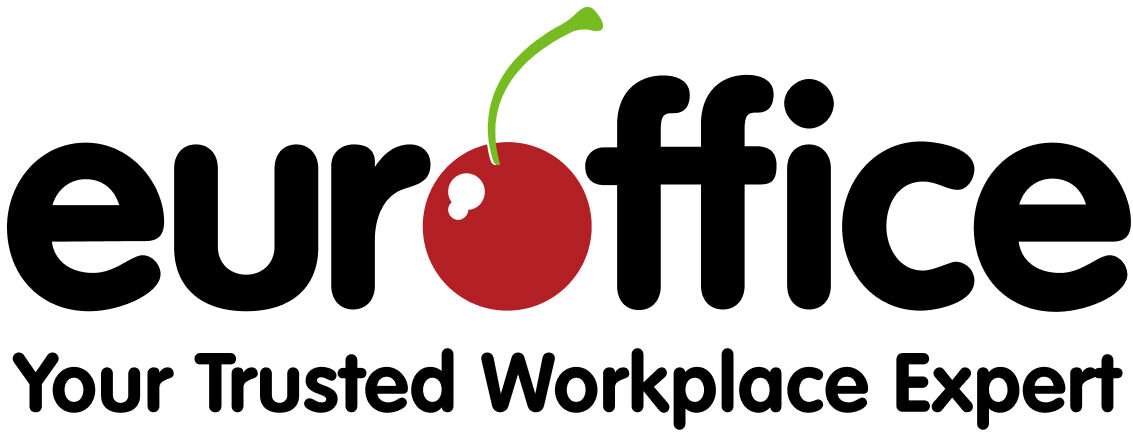With National Stationery Week (27 April – 3 May) approaching, we thought we’d look at the ways that we can help Get Britain Writing.
One way is for companies, or customers, to give ‘stationery inspiration’ gifts to staff and friends or family. Presents that encourage them to write, read, and draw in their time away from the office – to put down that smartphone and pick up a pen.
Here are our suggestions for gifts. What are yours? Let us know in the comments.
Feel What You Write With a Fountain Pen
We’re disconnected from what we write these days. Quiet laptop keyboards have replaced clanking and clunking typewriters. Fineliners and biros have supplanted the scratch and tug of a quill.
But somewhere in between these technologies and textures lies the fountain pen; an instrument that still requires a bit of practise to use properly. It’s the ‘slow food’ of stationery.
Giving someone a fountain pen is saying you want good things for them. That you respect them as a person who cares about detail and experience.
We suggest starting with the Parker Vector. It’s durable and can be used equally well by left and right-handed writers. (If you are giving an extra special gift, the Waterman Expert III is a classic black and gold fountain pen with a 23k gold and stainless steel nib).
Compose a Letter on Beautiful Paper
Dating back to at least 1AD, #vellum – originally made from calf skin – was the material of choice for important maps and manuscripts (and is still used for acts of Parliament).
While modern vellum is made from cotton, the word still stands for importance and prestige. This high-quality Conqueror paper has a laid finish, which means its texture is reminiscent of handmade paper.
If you want to write a letter to someone you care about, or simply to make an impression, write it on vellum. The reader should feel the paper as well as the words.
Carry a Sketchbook to Cultivate Creativity
For me, National Stationery Week isn’t only about writing. It’s also about the potential of a blank page. With a pen in your hand and a notebook in front you, you have unlimited artistic and creative possibilities.
Give someone a notebook and urge them to go out and to sketch, draw and take notes. They might find themselves in a crowded piazza on holiday, or on a forest walk at the weekend; sharp outlines of ancient buildings or soft impressions of families strolling in the sun.
Ignore people that say you have to use plain paper; artists can work with any surface. To capture life writ large, choose a large soft-cover notebook. For the prolific, give them a set of notebooks that they can dedicate to different topics or seasons.
And the adventurer needs something small they can tuck into a backpack and use when lighting looms over the mountains ahead: an all-weather notepad with waterproof pages.
Use an artist’s pen to match your personality
To help someone draw and sketch, give them ideal tools. Thankfully for the art world, fibre-tip pens were invented in the 1960s by the Tokyo Stationery Company, and over the years they’ve been refined and perfected.
A set of Rotring drawing pens, with fibre tips, will give your budding artist the chance to draw with an incredibly thin 0.3mm line; they can capture truly subtle details.
For those that like to revise and re-draw, choose a sturdy mechanical pencil. Built to last for years, the #Rotring800 has all-metal body with a brass mechanism and a retractable lead.
I can just imagine the patina a pencil like this will acquire with age; dents and scratches that speak of unforgettable adventures with firm friends.
Create and investigate with Post-it notes and index tabs
I like to use index tabs when I read non-fiction. I can’t bear to make notes in the margins, so I mark pages that have thought-provoking passages or references I want to look up later. Index tabs are signposts on my journey through a book and its ideas.
As for Post-it notes, ever since I saw a picture of author Will Self’s writing room, I associate them with plans and plots. Seemingly hundreds of little yellow notes cover his walls. Here’s what he says about them:
My books begin life in notebooks, then they move on to Post-it notes, the Post-its go up on the walls of the room. The shaggy patch of them in the middle of the wall …. are all short story ideas, tropes, metaphors, gags, characters, etc.
Wouldn’t it be lovely to have a room full of ideas? All you need is a plentiful supply of sticky notes.
Keep a diary and inspire yourself
Finally, it’s a mistake to think of diaries as the reserve of lovesick teenagers in messy bedrooms. They can be wonderful tools for reflection and inspiration. I’ve read that author Anaïs Nin kept a #diary from the age of 11 until her death at 74. Here’s what she felt about them:
In the Diary I only wrote of what interested me genuinely, what I felt most strongly at the moment … Improvisation, free association, obedience to mood, impulse, bought forth countless images, portraits, descriptions, impressionistic sketches, symphonic experiments, from which I could dip at any time for material.
Keeping a diary is the easiest way to get started writing, because you’re already an expert in the subject – yourself. There’s nobody to impress and no critics to worry about.
Just put your pen to paper and begin.
Previously on The Euroffice Blog…
Confessions of a Stationery Addict






